Change is a constant in our travels (and in our lives). As we revisit people and places, we see much that has changed, and much that has not.
Pani Beach was a deserted black sand beach in 1987. It still faces the setting sun and Vietnam, over the horizon; and to the north the mountains of Zambales Province. But it is full of people at 7AM on a Sunday morning.
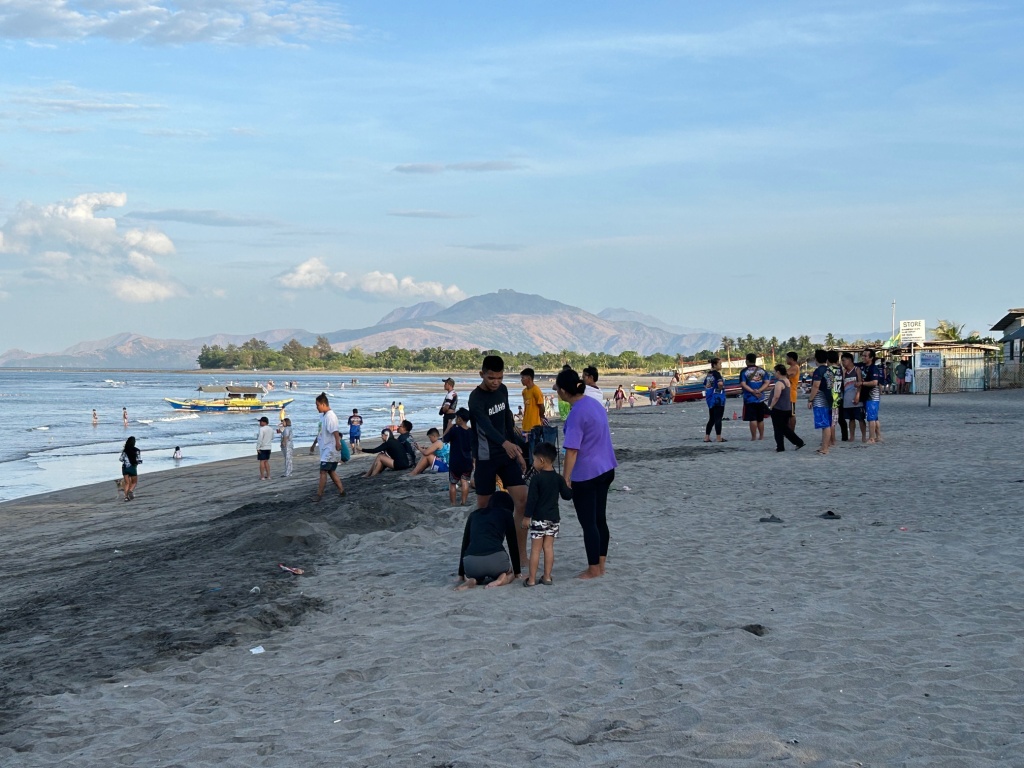
Buildings rise along the beach behind the parking lot where once stood only a few primitive shelters.
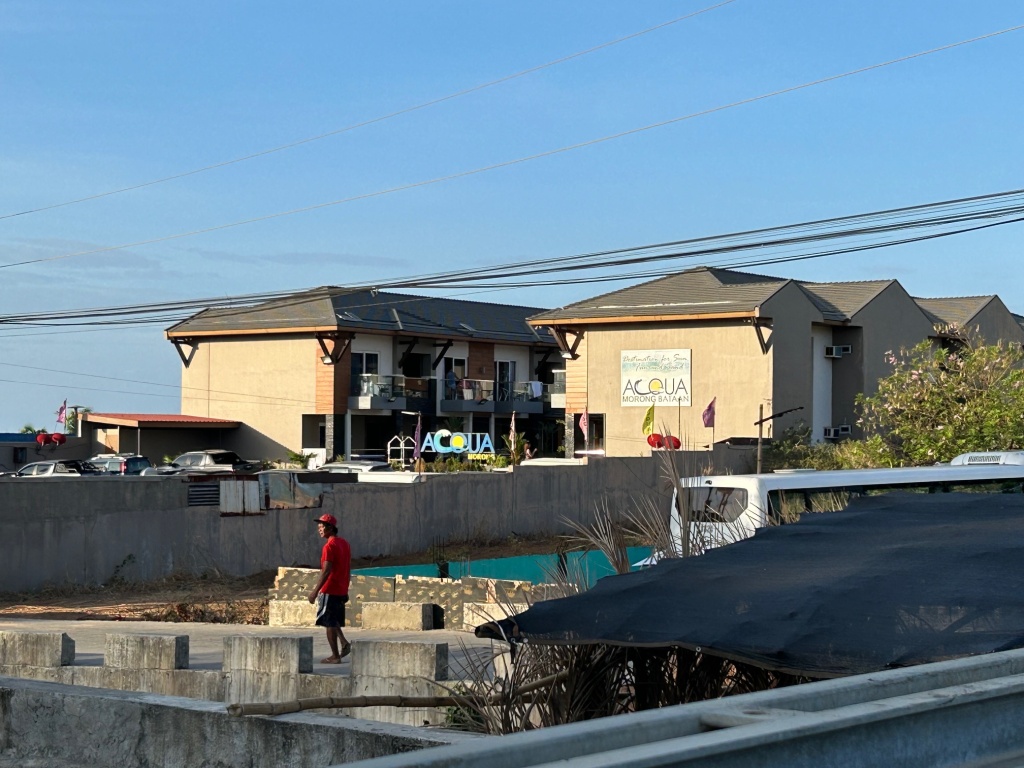
The path to the beach is lined with resorts and restaurants.
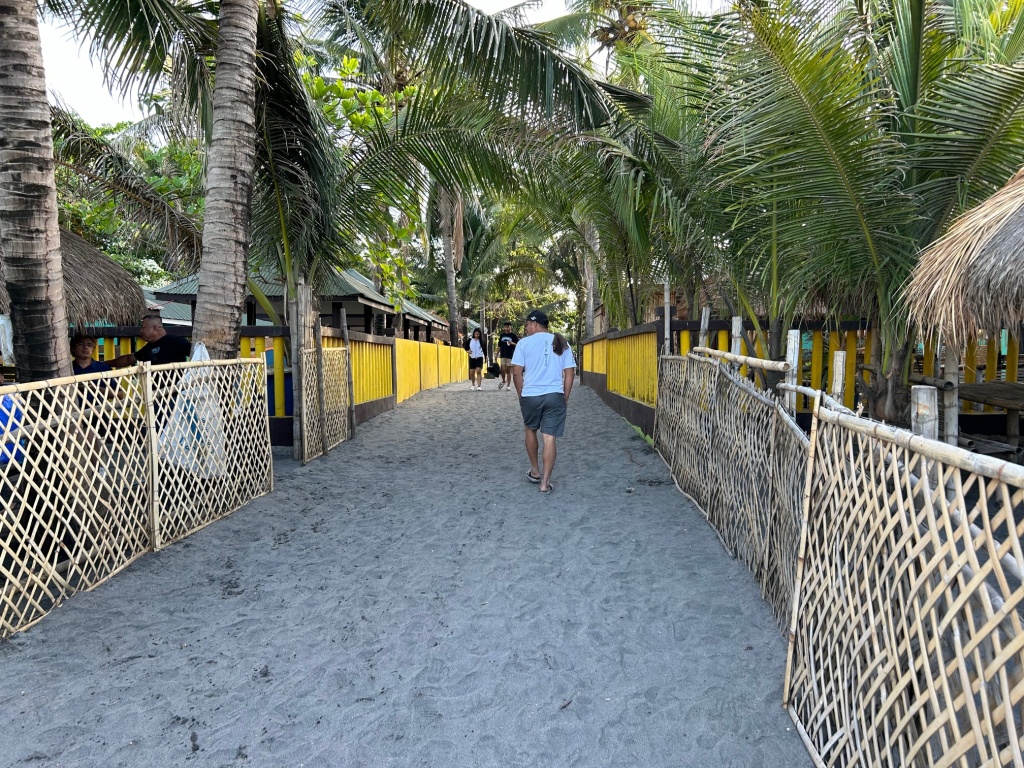
A sign announces that this is a turtle nesting area. I’ve no idea how the nesting turtles are protected,

for the beach is built up now to left and right.
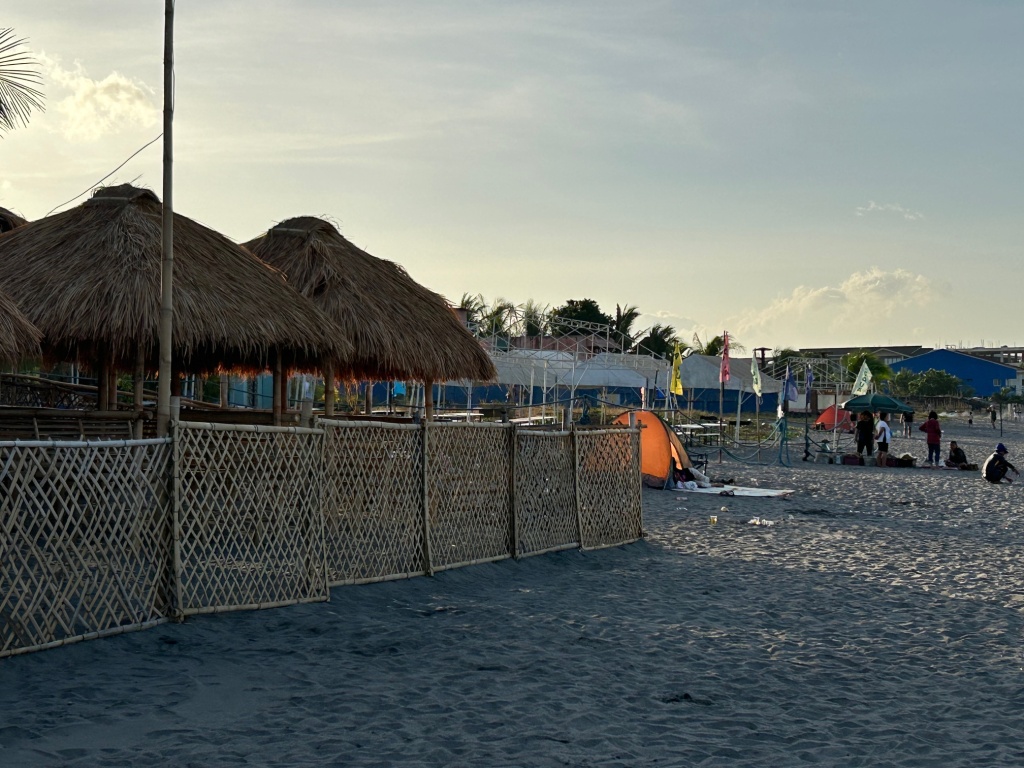
Not only people enjoy Pani Beach now!
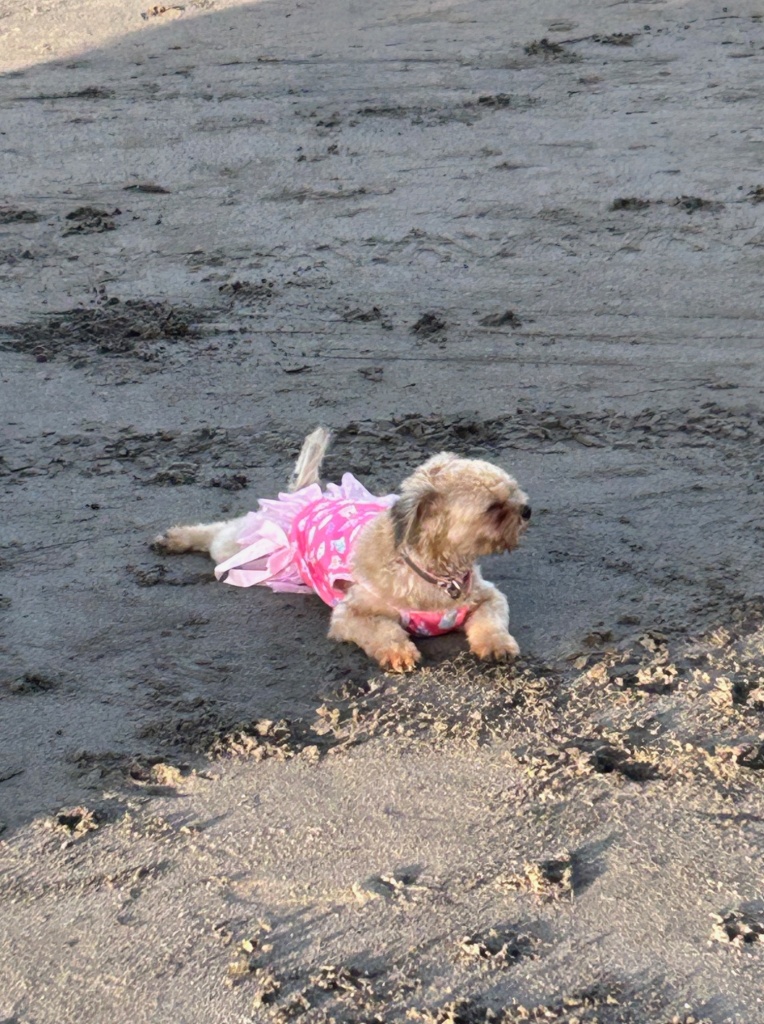
The water is still clear and lovely. Memories of trips to the beach with our co-workers and refugee friends, of soccer games, grilled fish and sunset swims, are still strong, and I’m happy that many people are now enjoying the sea.
The refugees all left Morong almost 30 years ago. An echo remains: a restaurant that advertises hutieu or Vietnamese noodle soup. The suffix “-an” means a place where something happens, especially food, so a “hutieu-an” is a place where you can eat hutieu.
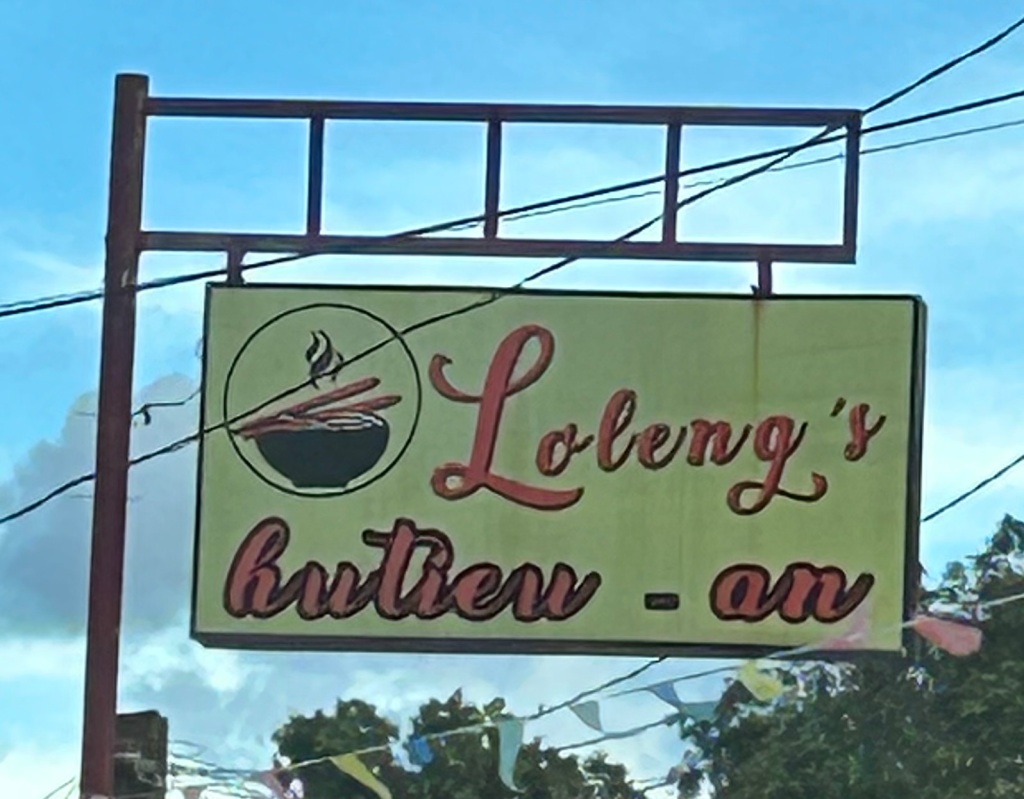
Another menu advertises typical Filipino food except for the banh mi, a Vietnamese sandwich.

We drove up from the coast to the site of the Philippine Refugee Processing Center. (I have written about PRPC often before, and you’ll find those posts at the end of this one.). We enter through the former Phase III and Phase II, where thousands of refugees once lived, and where the classrooms our teachers taught in were also located. The buildings are almost all gone now, as they have been for several decades.
A Khmer monument, the Bayon of Siem Reap, has been preserved.
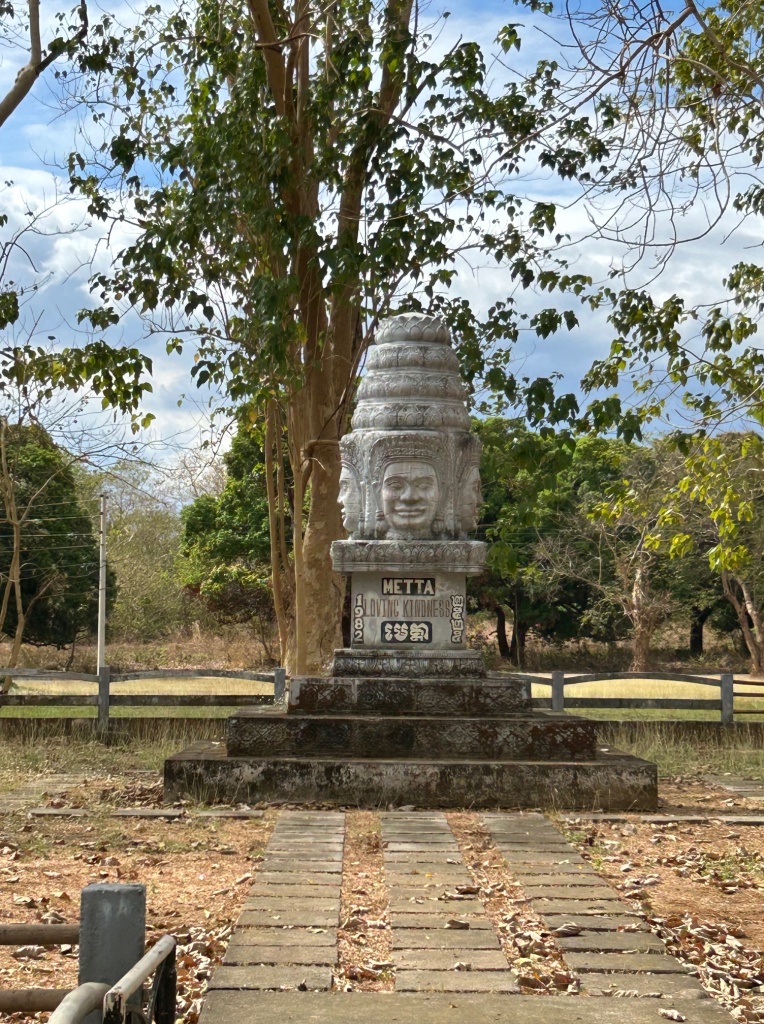
Stately trees line the street that leads to the memorial to the South Vietnamese Army.
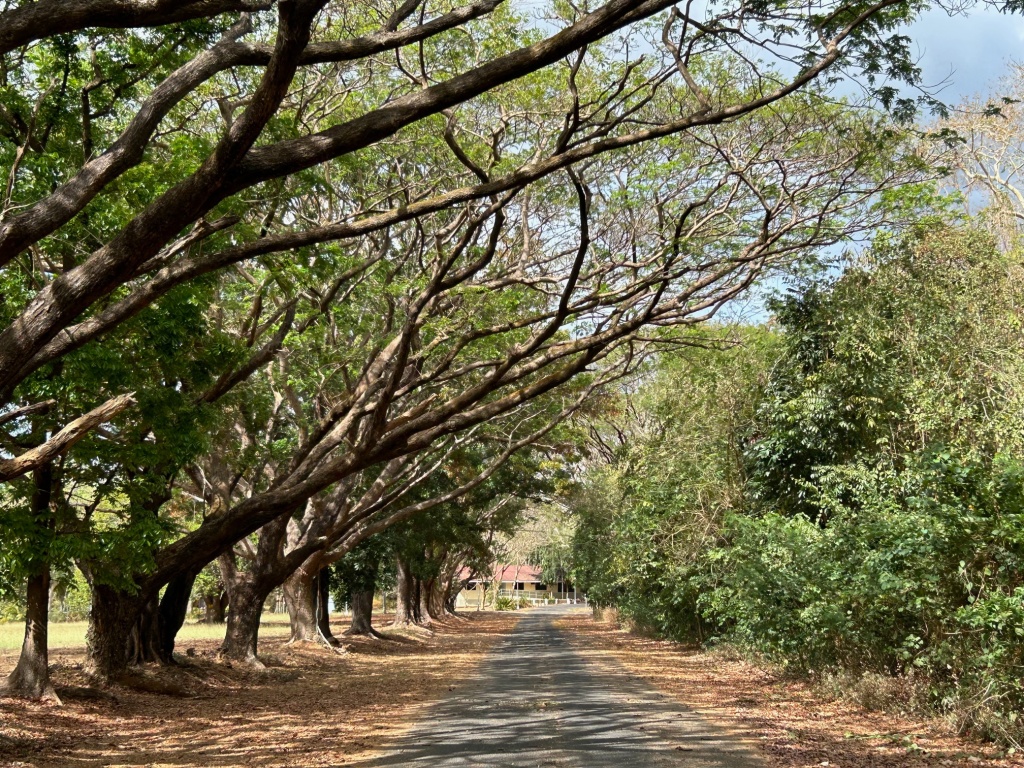
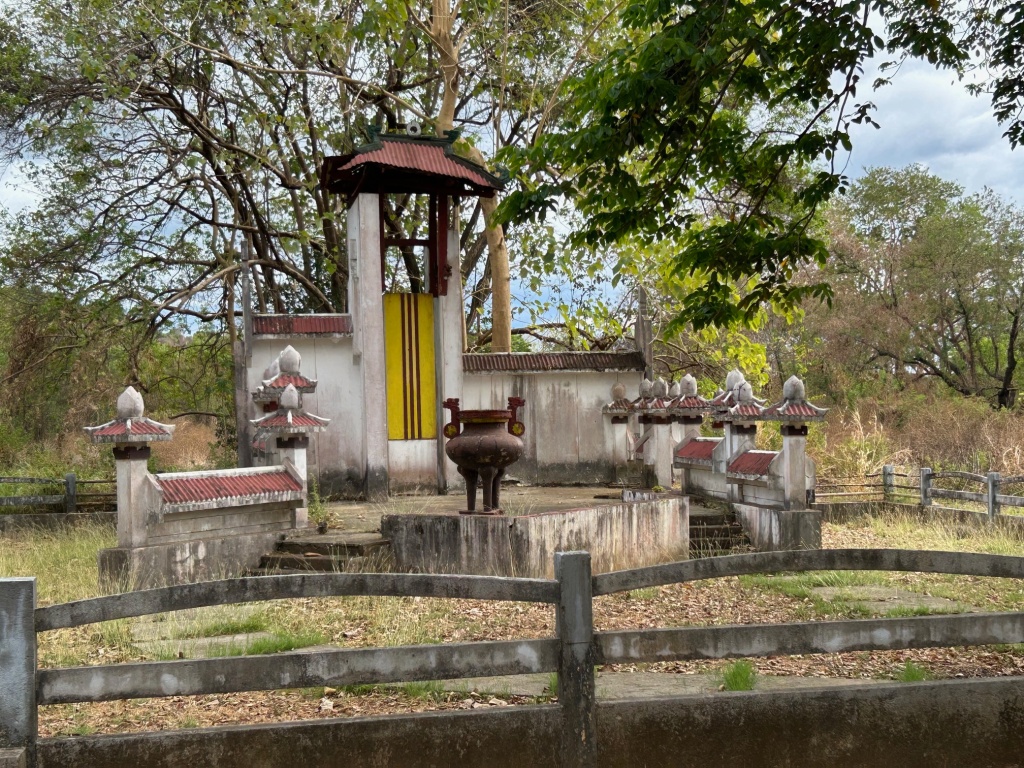
Guanyin, the bodhisattva of compassion, still stands serenely at the Vietnamese Buddhist temple,
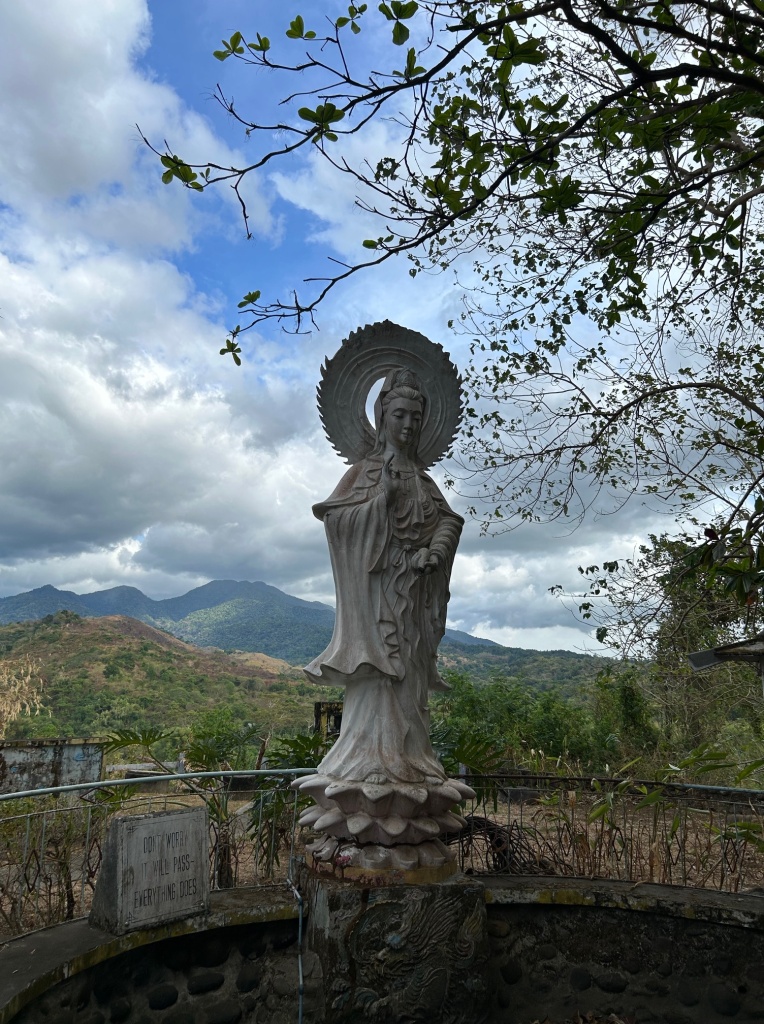
and the view over the valley toward Kanawan (see my last post) is as beautiful as ever.
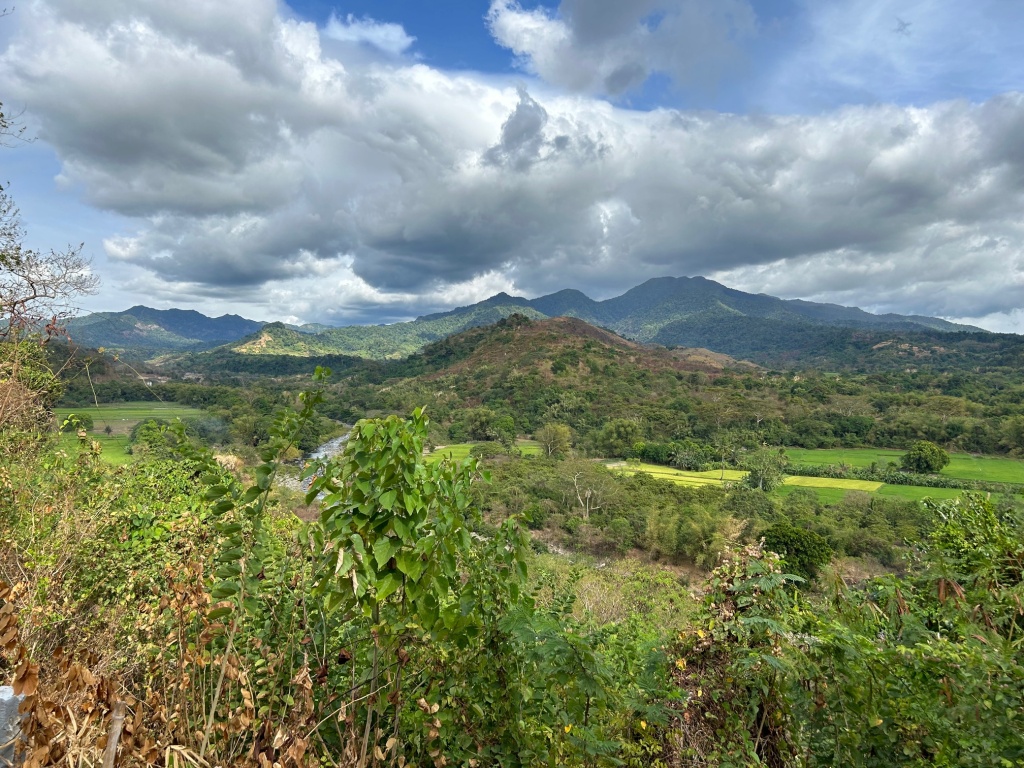
The center of the camp, where PRPC’s administrative buildings stood, has been preserved along with some of the staff housing. The buildings have been repurposed.
As we drive further in, beyond the center, we enter what used to be Phase I. In 2018, when we took the next pictures, nature had reclaimed the area. Buildings were falling down if not entirely gone.
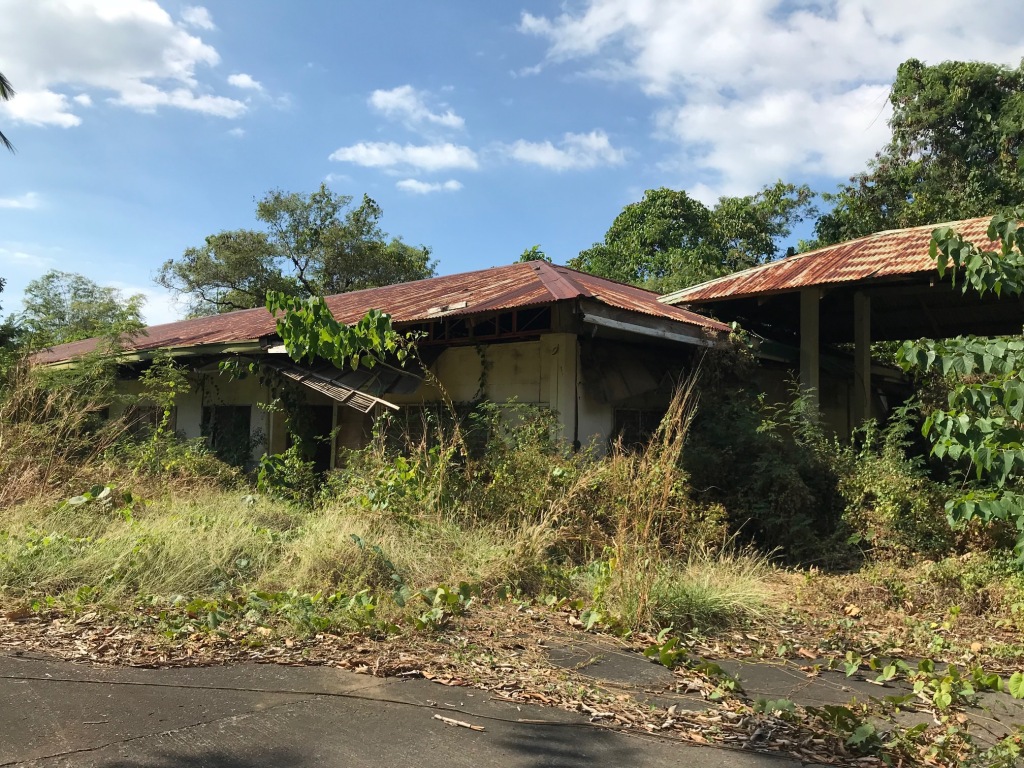
In 2018, all we were able to locate of the former market were some concrete foundations. Other than an area set aside as a storage yard for large steel beams used in building highway bridges, Phase I was empty. Nothing remained to show that thousands of people once lived and worked here.
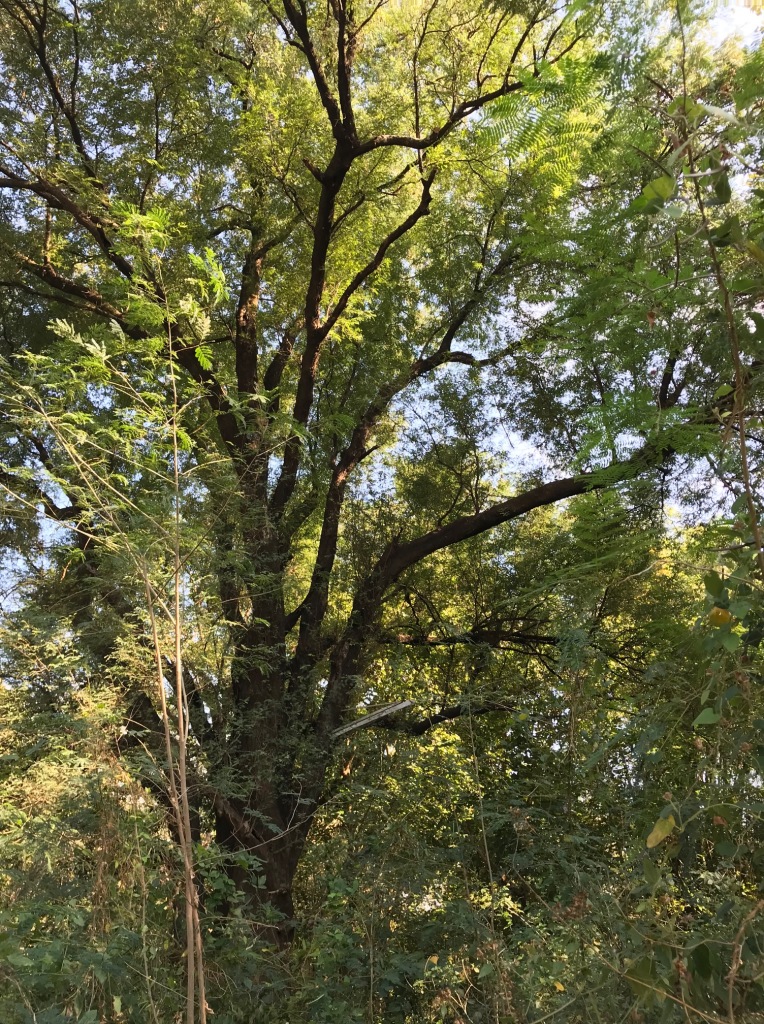
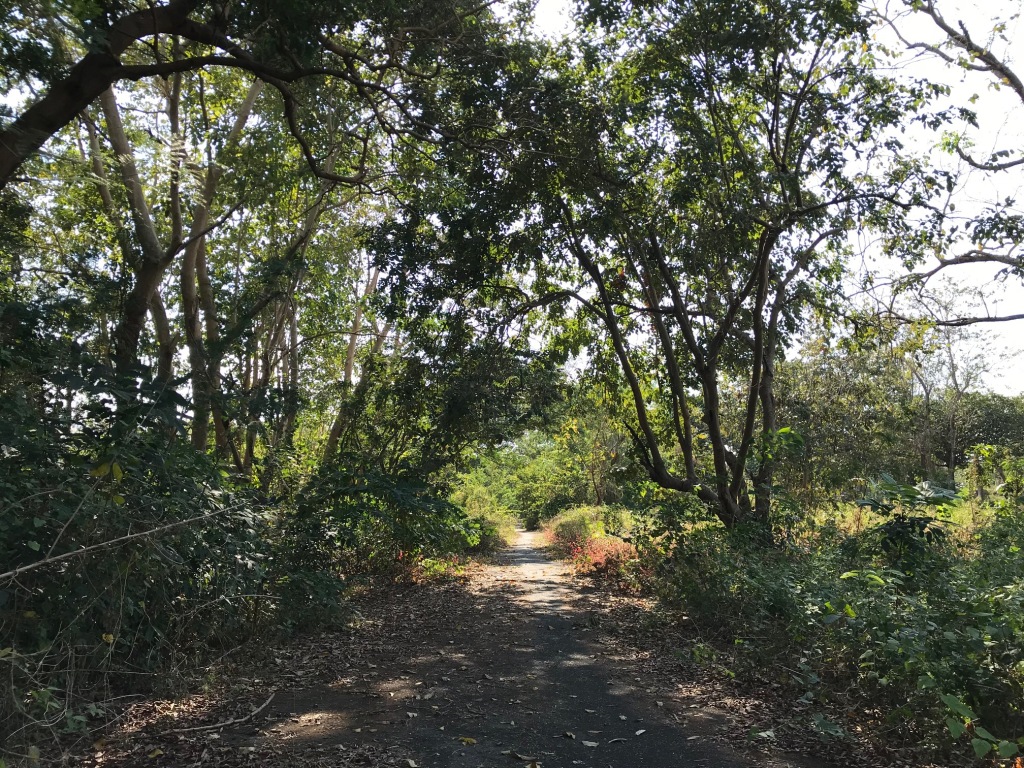
Another Cambodian monument stood below the Buddhist temple at the top of the camp, which by 2018 had succumbed to rain, termites and scavenging. There was little left of it.
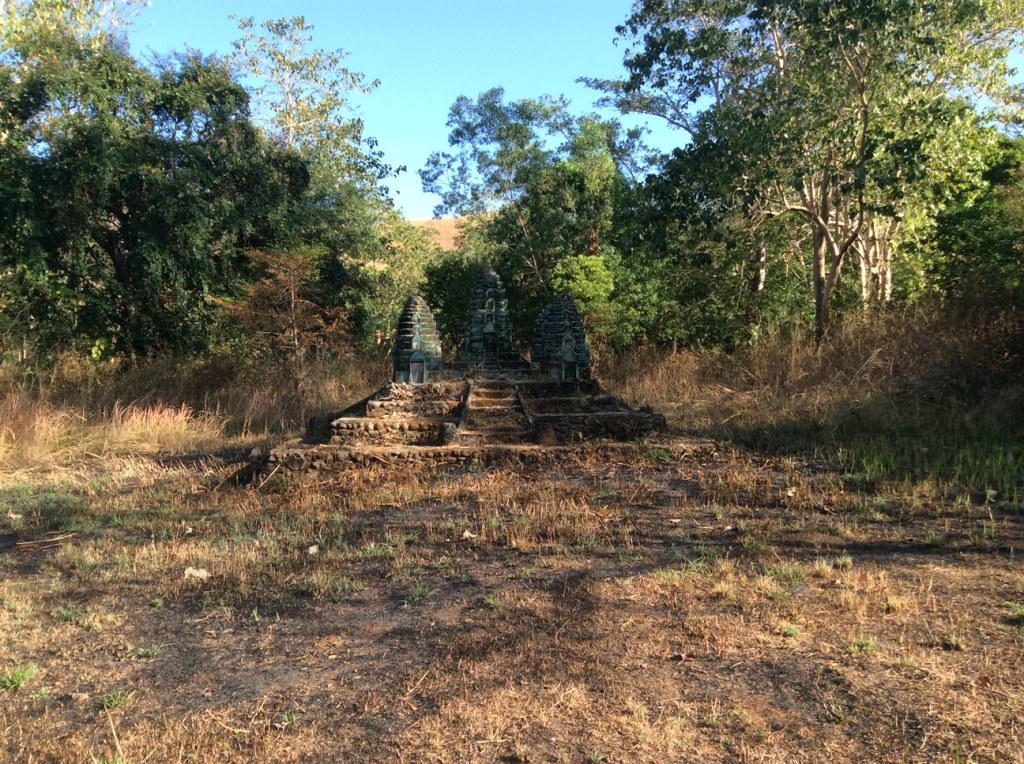
This past weekend I was shocked to find a huge construction site.
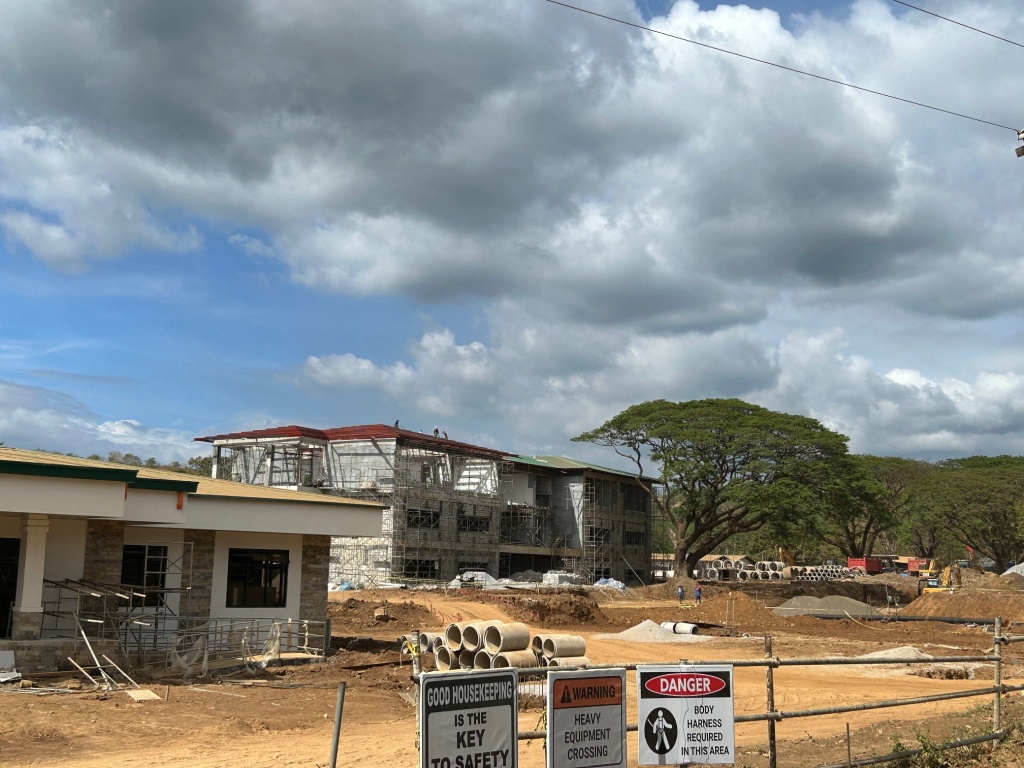
The Philippine military is building an immense base, and I was told that it will become the national headquarters of the Philippine Army, and that other armed services will also be housed there. This plan has been in the works a long time. I can’t help wondering if the base’s proximity to the West Philippine Sea (or the South China Sea as some call it), the site of tense naval confrontations with Chinese boats encroaching on Philippine waters, has something to do with the move.
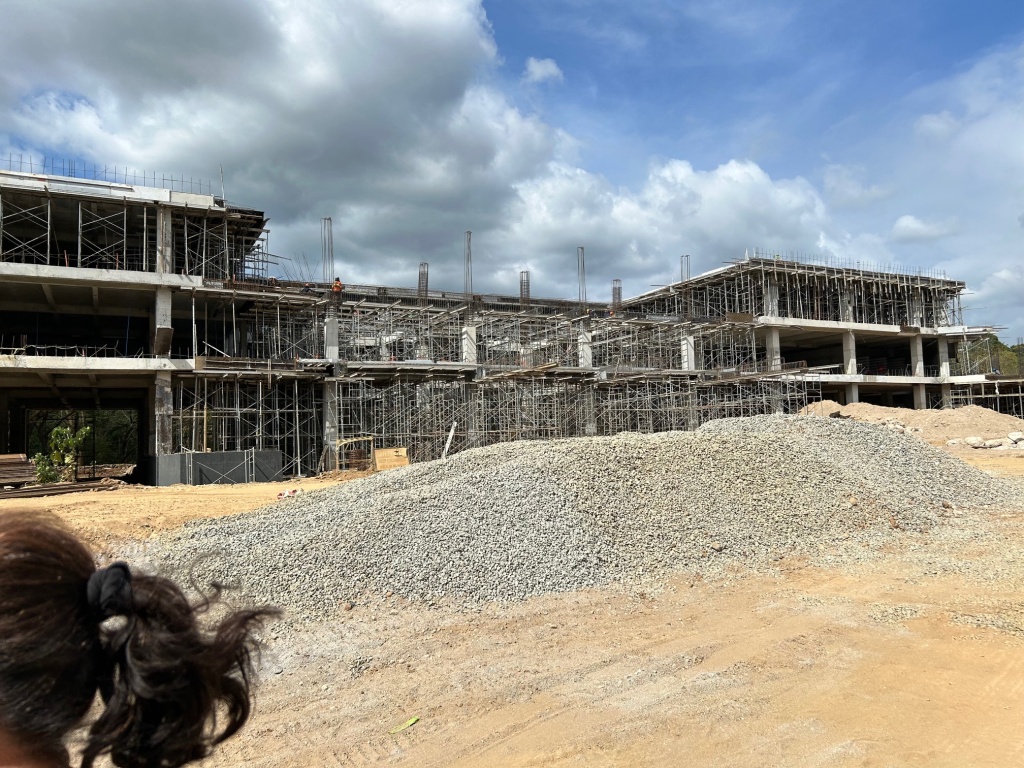
The overgrown refugee neighborhoods have been transformed. Little vegetation remains.
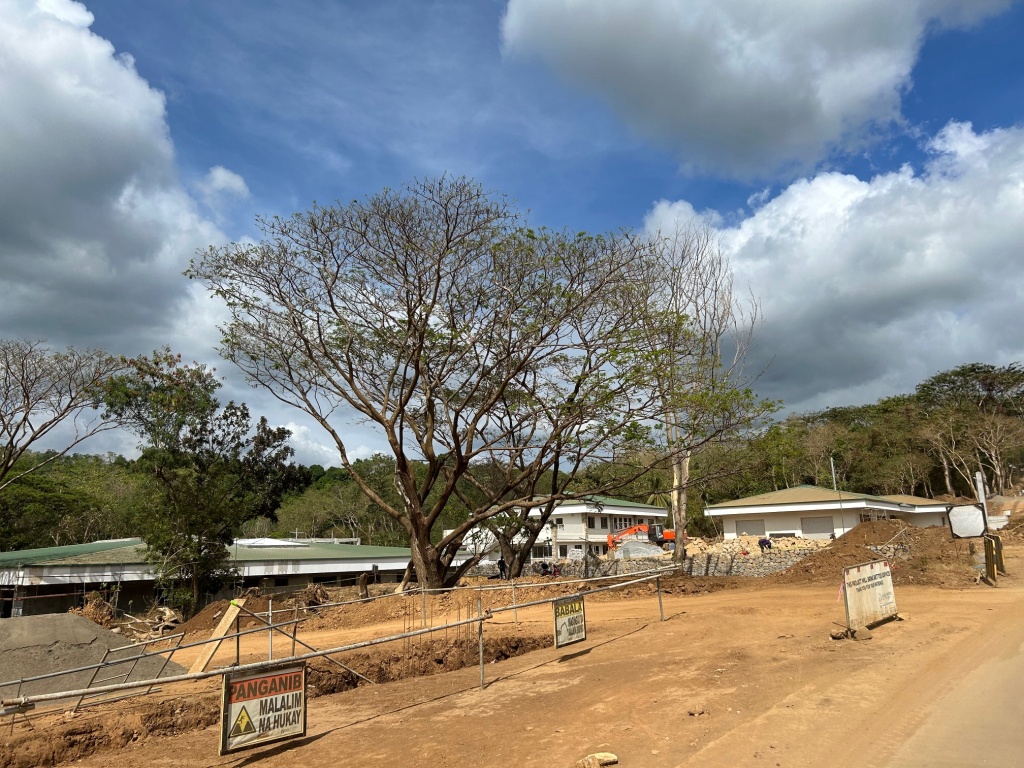
We saw deep ditches and what looked like bunkers below the road. Apparently the base will be home not only to soldiers but to munitions and military equipment. Kanawan lies beyond the flattened area in the distance.
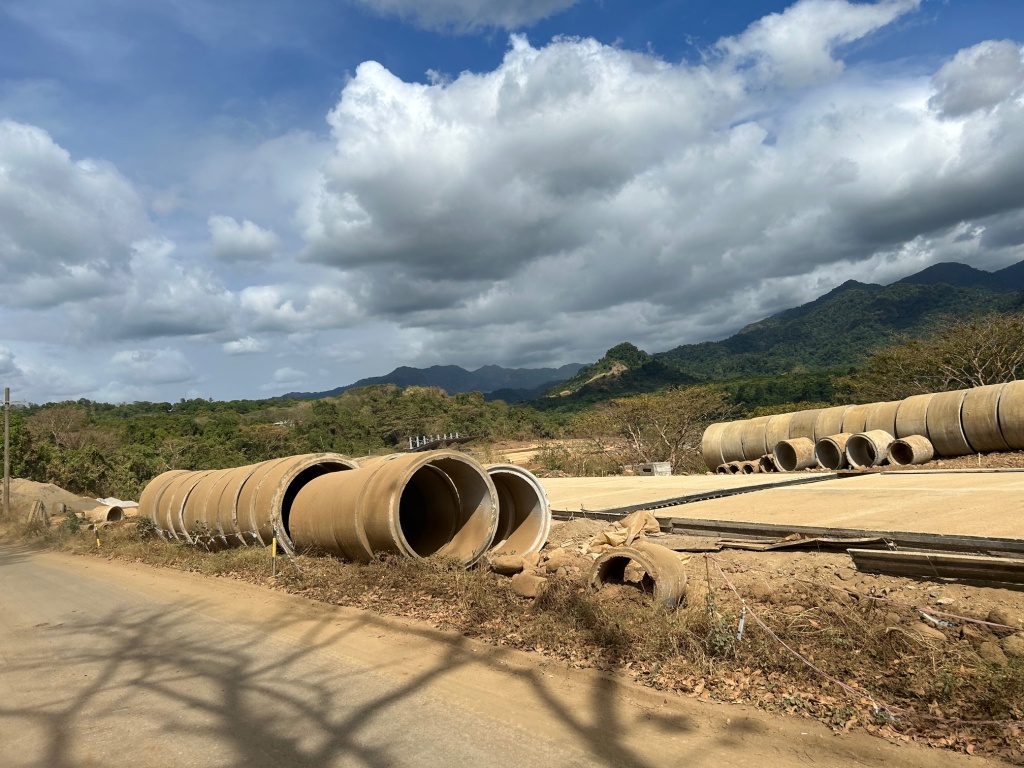
The only remnant of the refugee presence in Phase I is the Lao monument, the That Luang, modeled after the stupa in the center of Vientiane. It will soon be hidden from view by the building rising in front.
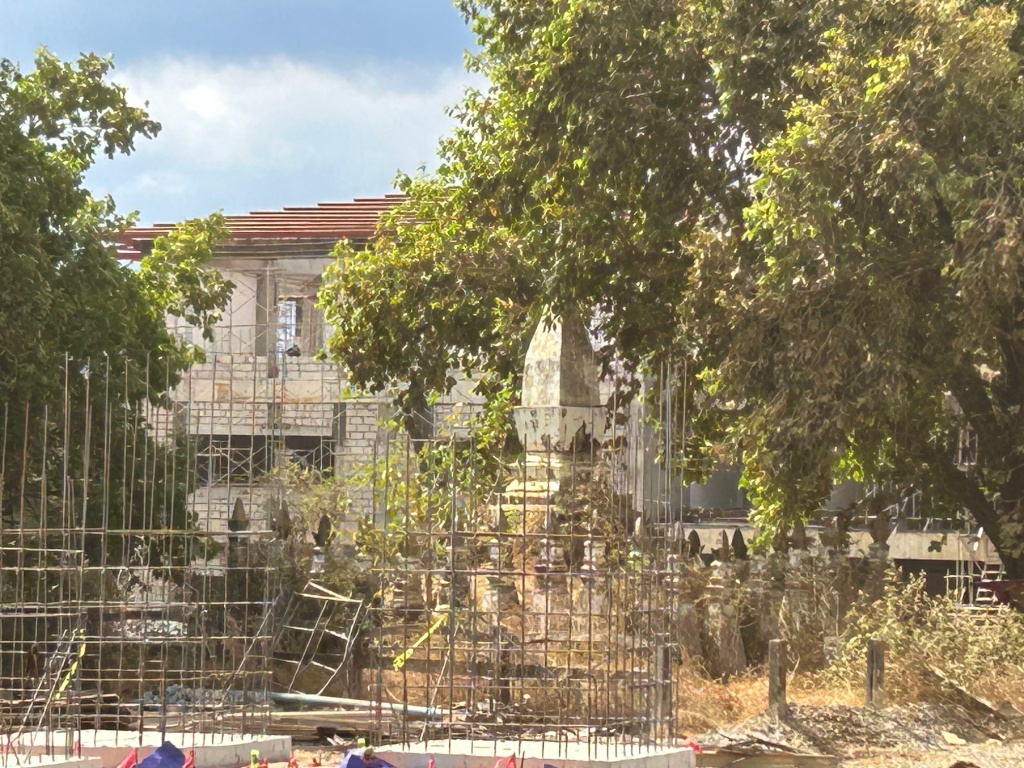
50 years ago, this tract of land was the ancestral land of the tribal people of Kanawan, the Aeta or Negritos. Magnificent mango trees grew there. The land was taken from them by the Philippine government in order to house the estimated 400,000 refugees who passed through PRPC from 1980 to 1995 – a noble cause, and yet a loss not fully compensated. This injustice motivated Lina to start her ministry in Kanawan 40 years ago. The refugee program ended, and the land reverted to scrubby forest. Now, a military base is rising there at the cost of tens of millions of dollars. Such transformations in 50 years!
What if a tiny fraction of that money were allocated to the needs of the people of Kanawan? Their water has been mostly diverted for the farms in the valley. Pastor Domulot is doing a great amount with the support Kanawan receives, as described in my last post. I can imagine how much more could be done with 1% of 1% of the resources being poured into the military.
Pardon my preaching, but I’m sure the reader can appreciate the parallel to the choices made by our government in the United States.
I wrote about the concept of “ancestral domain” and even mentioned the Aeta of Kanawan in this post from our medical mission in January to the Tagbanua of Coron:
The photos above were taken by Lina and me.